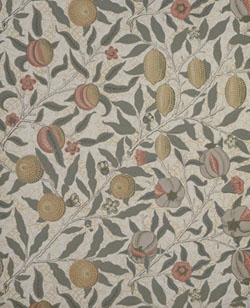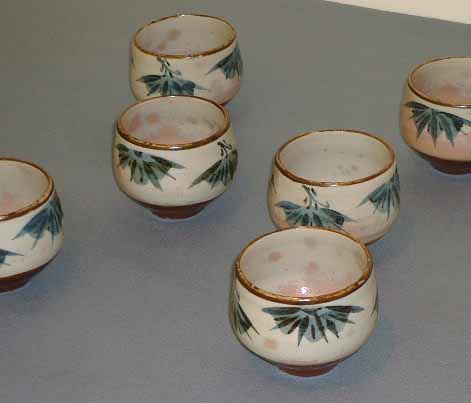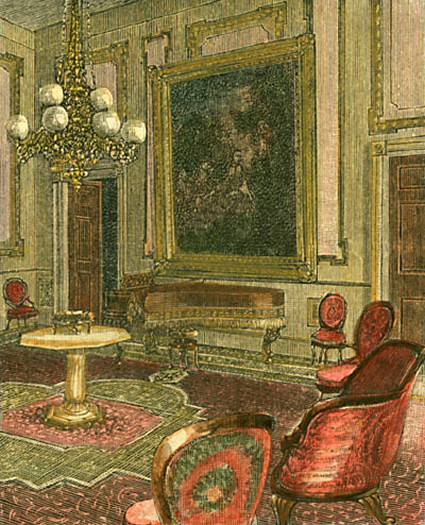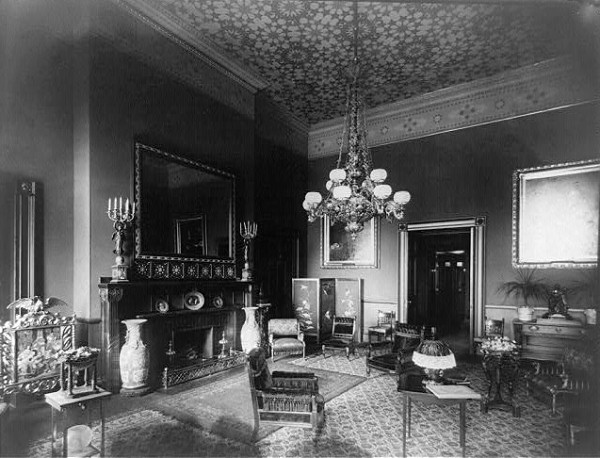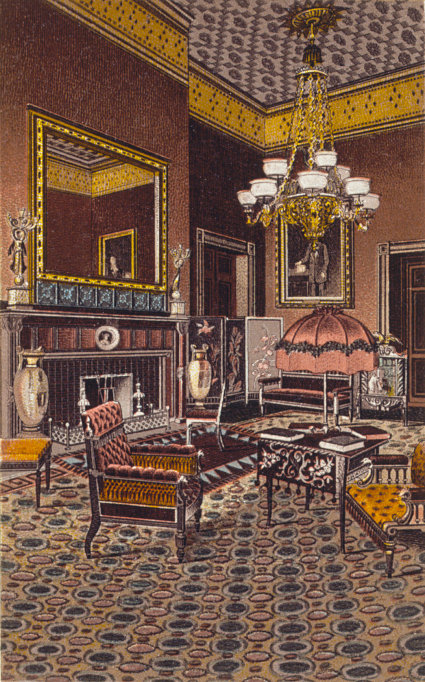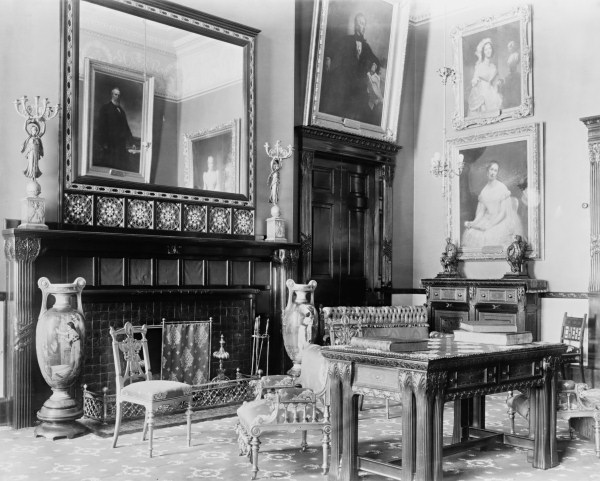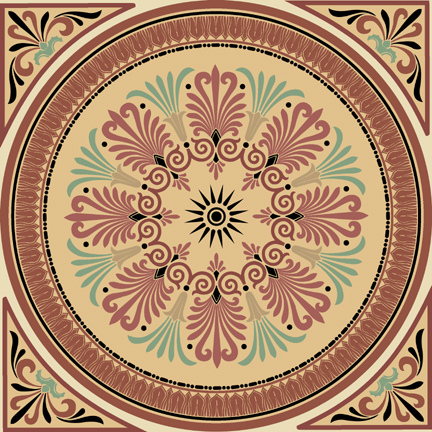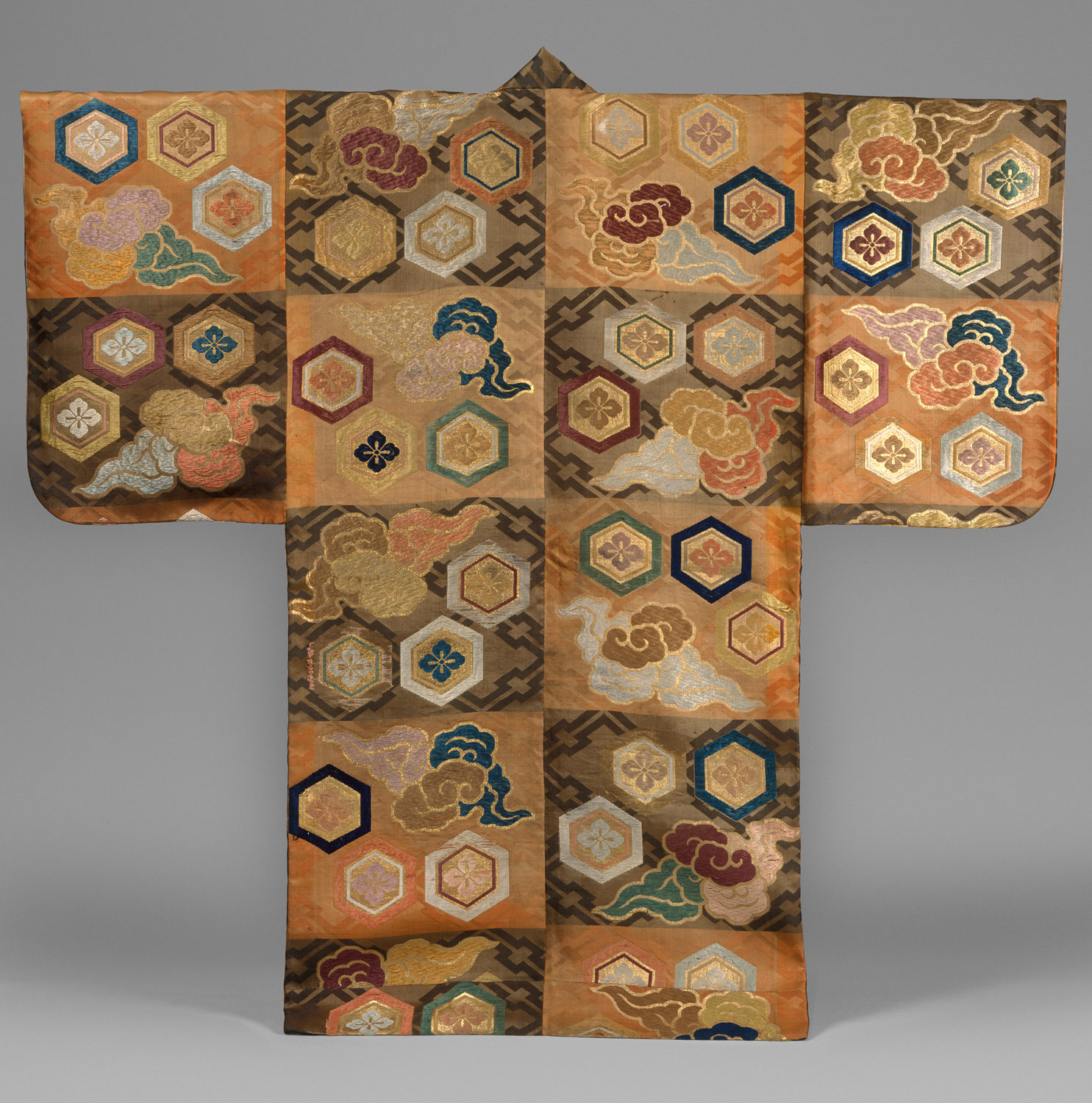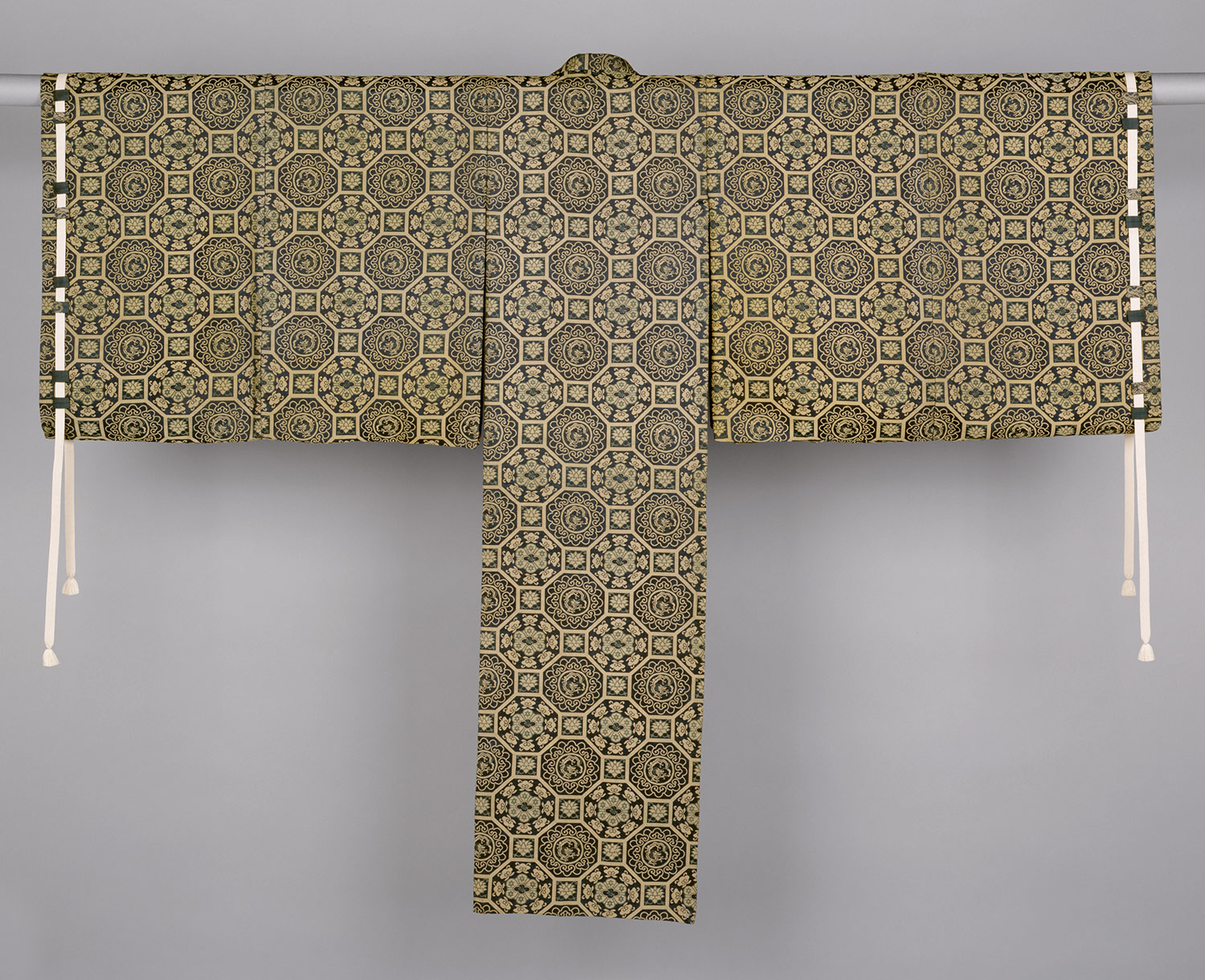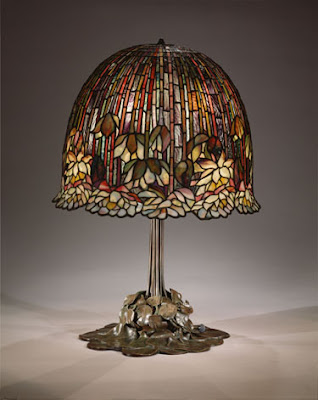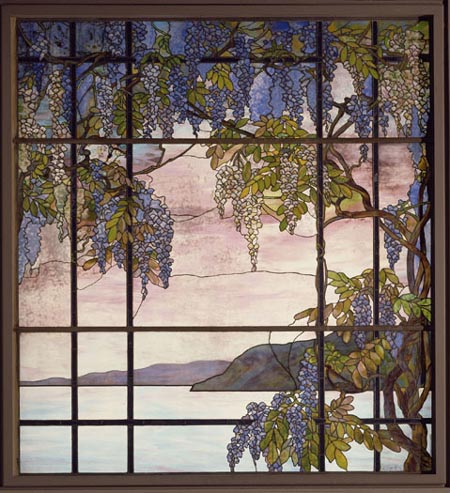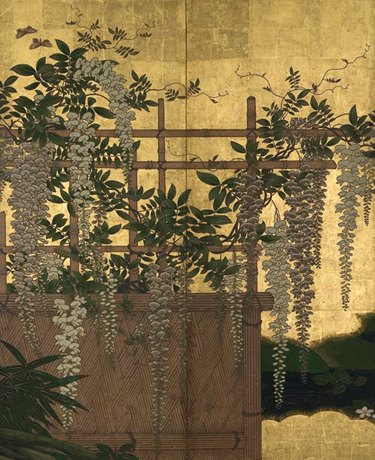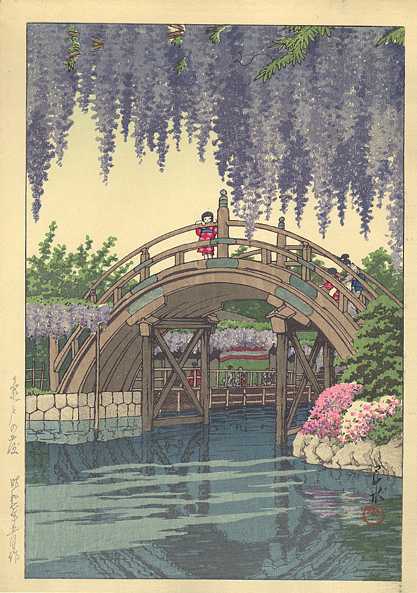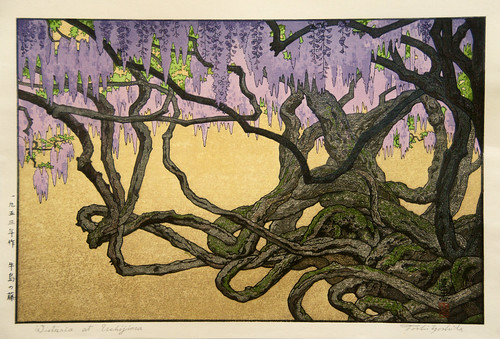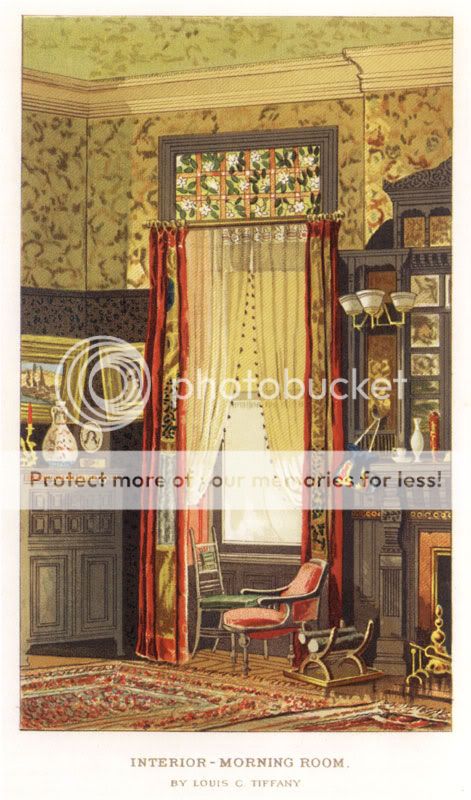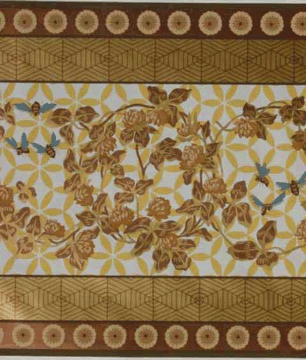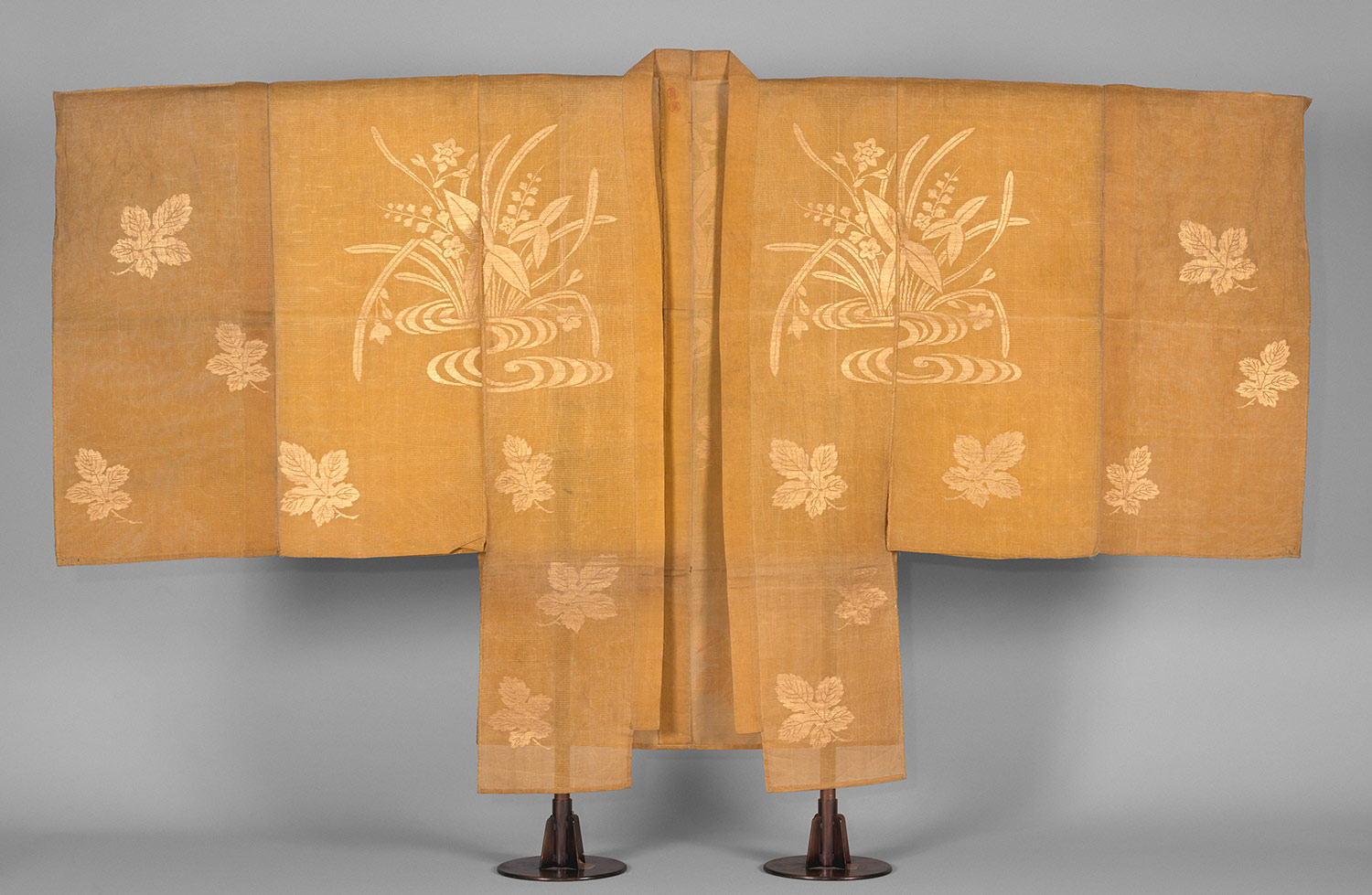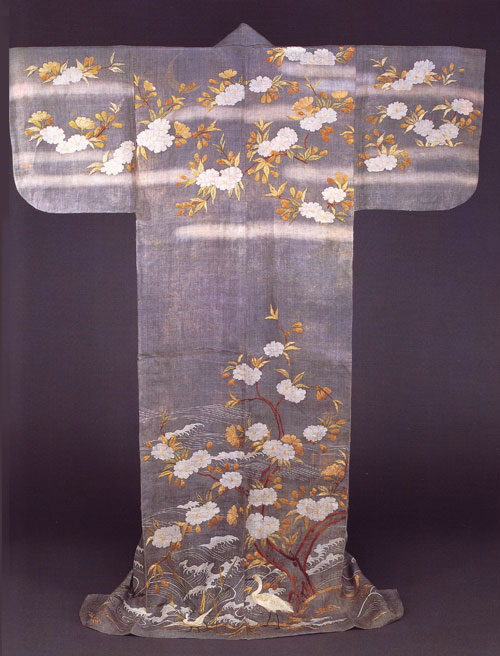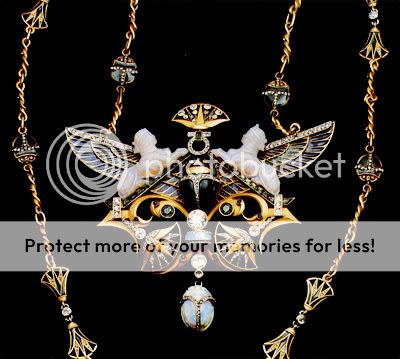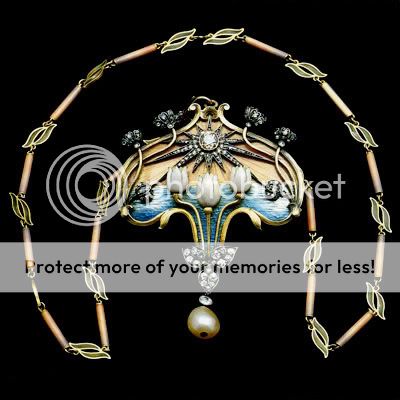1882 Renovation of the White House and the Aesthetic Orientalism of Louis C. Tiffany and Candace Wheeler: In 1882, Louis Comfort Tiffany and Candace Wheeler collaborated in the renovation of the White House, transforming its traditional Victorian interiors to reflect the increasingly popular aesthetic emphasis on period revival and 'reform' design elements. Louis C. Tiffany and Candace Wheeler were also two American proponents of Japonisme (and orientalism in general) in interior design.
The use of flat, repetitive geometric and natural motifs, including on the Asian dividing screen seen in the 'After' lithograph below, reflects Tiffany's and Wheeler's aesthetic influences. While Neo-Grec is probably a fitting description of much of the Red Room's style, especially by the 1890s, the makeover seems like a natural segue into LC Tiffany's and Wheeler's Asian (and especially Japonesque) Aesthetic inspirations, which is covered toward the end of the post.
Neo-Grec/Greek Revival (and possibly Renaissance revival w/ some Egyptian motifs, as was common) influences mark the renovated room. The mantle tiles, amphorae (though they were replacements chosen by Arthur in place of the earlier Japanese vases that Tiffany installed) and fluted/columnal details on the mantle reflect common elements of revival and reform styles of the mid to late Victorian era. However note that, by 1893, tweeks to the original design (including a new table) changed the overall look of the room; Tiffany's Japanesque elements (vases and screen) disappeared within a decade of the renovation.
White House Red Room Before and After the Renovation:
Before ~ 1870:
Earliest Post-Reno View (After Tiffany's Original Renovation):
After Tweeks ~ 1887 and 1893:
Neo-Grec Decor reflecting Tiffany's mantle and Surface Treatments:
An Aside:
- Even though Japanese motifs adopted by Aesthetic Movement artists were generally naturalistic, it is interesting to note that similar geometric motifs to those in the renovated Red Room were found in Japanese Yosegi, a popular form of marquetry in the Edo period. Example below:
- Edo Kimonos with multi-tone geometric motifs are also below.
Louis Comfort Tiffany:
The son of the Tiffany Co. founder, Louis inherited his father's flair for beautiful craftsmanship, but translated it from jewelry to glass. In addition to establishing Tiffany's stained glass legacy, Louis was a proponent of the Aesthetic and art Nouveau movements as well as the Orientalism that accompanied them. He designed interiors with lavish Neo-Grec, Medieval, Islamic/arabesque, Byzantine, and to a lesser extent East Asian, themes. For example:
Laurelton Hall,
George Kemp's Salon and The Seventh Regiment Armory. He introduced oriental themes and motifs into his glasswork, including many lotuses, Japanesque landscapes and peacocks. For more than shown below, you can Google and easily find many examples of his glass. You'll also find that his glassware vases also have the same elements of Japonisme found in some Arts and Crafts pottery.
Japanesque Glass by Louis Tiffany:
- For comparison, Japanese Wisteria as captured in Edo and Meiji periods:
Example of Tiffany's Japanesque Interiors: (Louis even made his personal library in a Japonesque style, though I'm not able to find a good pic.)
Candace Wheeler:
Candace Wheeler was a textile artist who studied the patterns on kimonos to find inspiration for her designs. She wrote an extensive amount of advice concerning the principles of interior decorating, emphasizing the new principles ushered in by the Aesthetics movement in the US, including the cultivation of an artistic sensibility in the domestic setting. She advised middle class American women: "we have come into a period which desires beauty." However, this was a beauty that was distinct from the palaces of Europe, which didn't necessarily embody the more 'authentic' (though more modest) modern aesthetic that was emerging in the US. Wheeler unquestioningly favored the latter.
Wheeler felt that Japanese art reflected this modern aesthetic, with its "harmony of coloring and exquisite craftsmanship" as well as its relative aesthetic purity. Unlike the baroque designs of the earlier Victorian period or the extravagant designs of aristocratic European palaces, Japanese design fostered neither "a profusion of costly or incongruous things" nor "false standards of display".
- For comparison, Edo period embroidered Kimonos:
 You're welcome. Thank you for providing insight into the compositional elements - your input as a craftsman is always enlightening.
You're welcome. Thank you for providing insight into the compositional elements - your input as a craftsman is always enlightening. 
